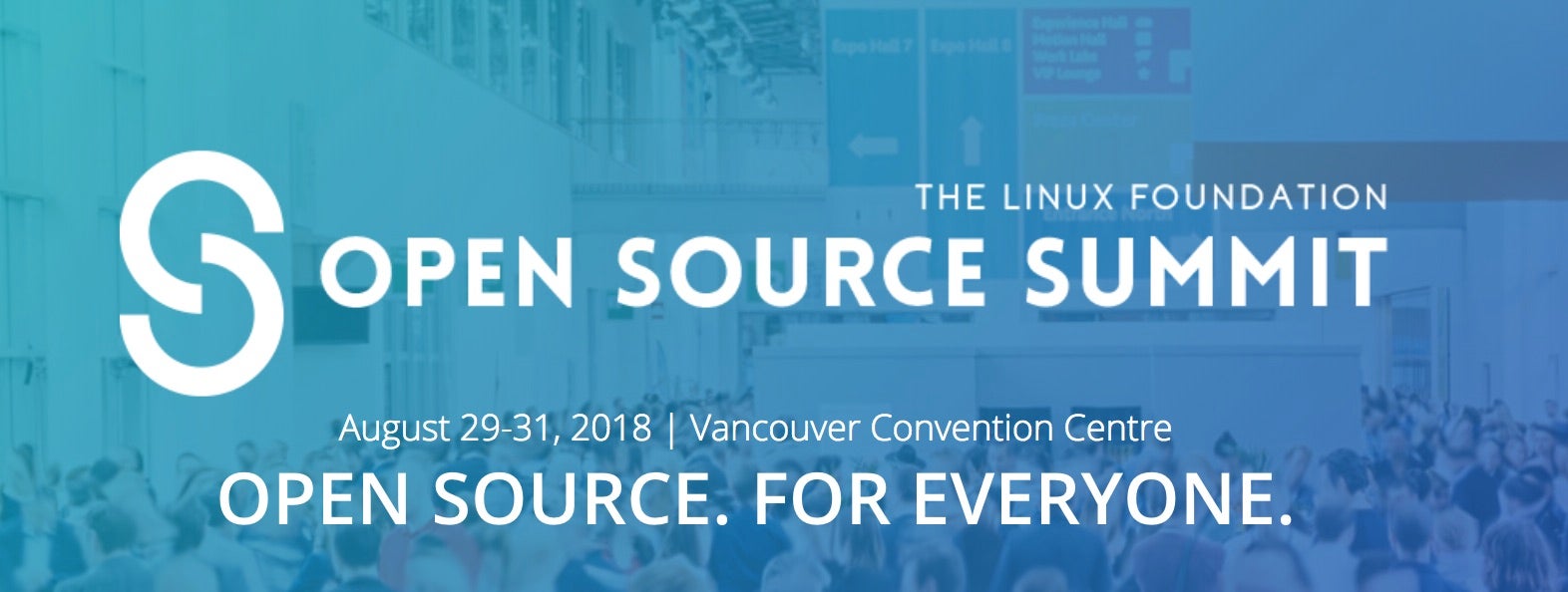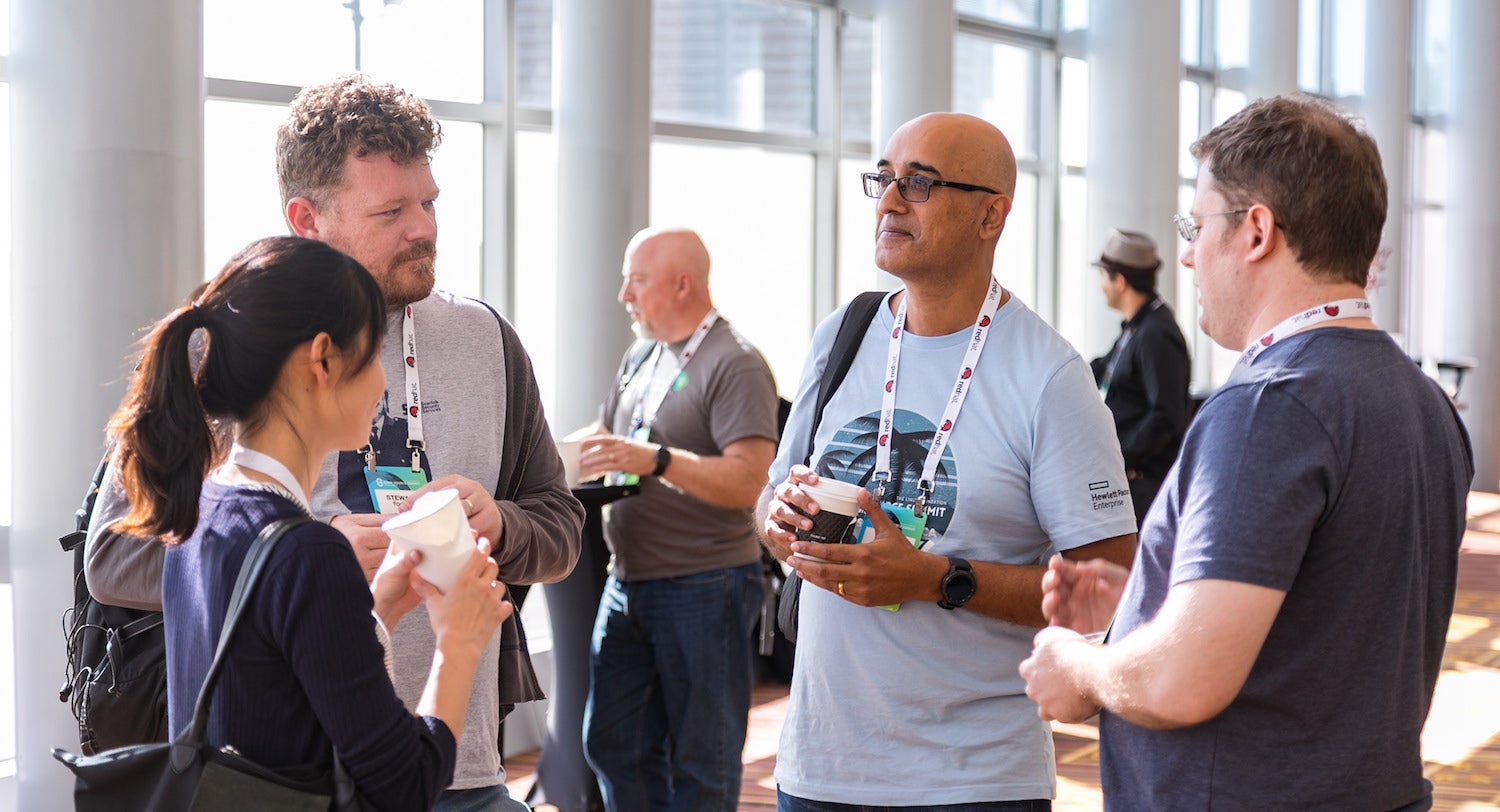Open source is the new normal in tech today, with open components and platforms driving mission-critical processes at organizations everywhere. As open source has become more pervasive, it has also profoundly impacted the job market. Across industries the skills gap is widening, making it ever more difficult to hire people with much needed job skills. That’s why open source training and certification are more important than ever, and this series aims to help you learn more and achieve your own certification goals.
In the first article in the series, we explored why certification matters so much today. In the second article, we looked at the kinds of certifications that are making a difference. This story will focus on preparing for exams, what to expect during an exam, and how testing for open source certification differs from traditional types of testing.
Clyde Seepersad, General Manager of Training and Certification at The Linux Foundation, stated, “For many of you, if you take the exam, it may well be the first time that you’ve taken a performance-based exam and it is quite different from what you might have been used to with multiple choice, where the answer is on screen and you can identify it. In performance-based exams, you get what’s called a prompt.”
As a matter of fact, many Linux-focused certification exams literally prompt test takers at the command line. The idea is to demonstrate skills in real time in a live environment, and the best preparation for this kind of exam is practice, backed by training.
Know the requirements
“Get some training,” Seepersad emphasized. “Get some help to make sure that you’re going to do well. We sometimes find folks have very deep skills in certain areas, but then they’re light in other areas. If you go to the website for Linux Foundation training and certification, for the LFCS and the LFCE certifications, you can scroll down the page and see the details of the domains and tasks, which represent the knowledge areas you’re supposed to know.”
Once you’ve identified the skills you need, “really spend some time on those and try to identify whether you think there are areas where you have gaps. You can figure out what the right training or practice regimen is going to be to help you get prepared to take the exam,” Seepersad said.
Practice, practice, practice
“Practice is important, of course, for all exams,” he added. “We deliver the exams in a bit of a unique way — through your browser. We’re using a terminal emulator on your browser and you’re being proctored, so there’s a live human who is watching you via video cam, your screen is being recorded, and you’re having to work through the exam console using the browser window. You’re going to be asked to do something live on the system, and then at the end, we’re going to evaluate that system to see if you were successful in accomplishing the task“
What if you run out of time on your exam, or simply don’t pass because you couldn’t perform the required skills? “I like the phrase, exam insurance,” Seepersad said. “The way we take the stress out is by offering a ‘no questions asked’ retake. If you take either exam, LFCS, LFCE and you do not pass on your first attempt, you are automatically eligible to have a free second attempt.”
The Linux Foundation intentionally maintains separation between its training and certification programs and uses an independent proctoring solution to monitor candidates. It also requires that all certifications be renewed every two years, which gives potential employers confidence that skills are current and have been recently demonstrated.
Free certification guide
Becoming a Linux Foundation Certified System Administrator or Engineer is no small feat, so the Foundation has created this free certification guide to help you with your preparation. In this guide, you’ll find:
-
An array of both free and paid study resources to help you be as prepared as possible
-
A few tips and tricks that could make the difference at exam time
-
A checklist of all the domains and competencies covered in the exam
With certification playing a more important role in securing a rewarding long-term career, careful planning and preparation are key. Stay tuned for the next article in this series that will answer frequently asked questions pertaining to open source certification and training.
Learn more about Linux training and certification.




